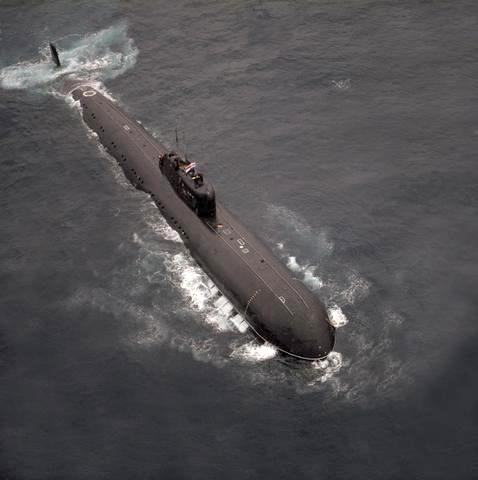
When Ms Gursharan Kaur, Prime Minister Manmohan Singh's wife, broke a coconut on the hull of the INS Arihant amidst the chanting of Vedic verses, the Indian government took a step towards realising its post-1998 quest for a grand nuclear weapons power status.
When the submarine is commissioned in a few years, India will have a 'second-strike capability': Even if its land-or air-based nuclear weapons are destroyed/immobilised, India can still fire a nuclear-tipped missile at the adversary from the ship, which can stay underwater for months at a time and is therefore hard to detect.
The Arihant's launch has been called a great achievement of indigenous technology, which gives 'real teeth' to nuclear deterrence and enhances India's security without threatening others.
Dr Singh said: 'We do not have any aggressive designs, nor do we seek to threaten anyone...' But the rationale of nuclear deterrence is based on inducing terror through mass destruction weapons.
According to that doctrine, you prevent your enemy from nuking you by threatening 'unacceptable damage' through an attack which instantly kills hundreds of thousands or millions of civilians. Nuclear deterrence is a deeply flawed doctrine and was described for half-a-century by India as morally 'abhorrent' and strategically irrational. More >>>